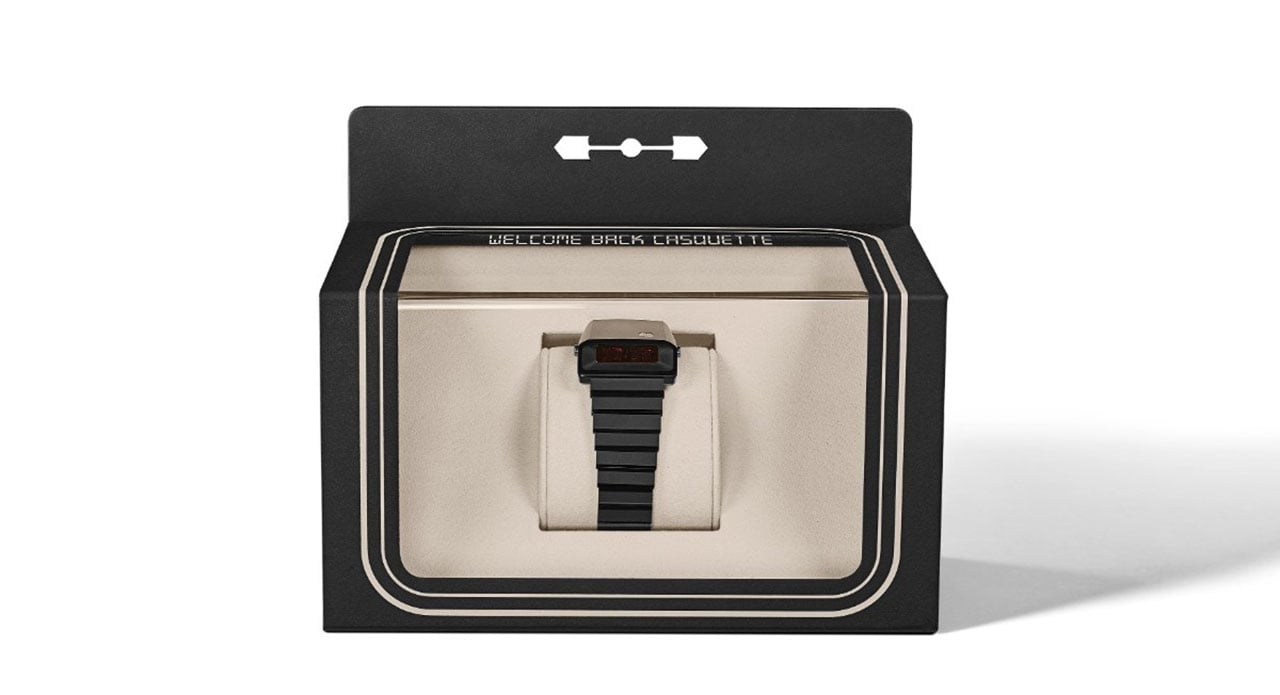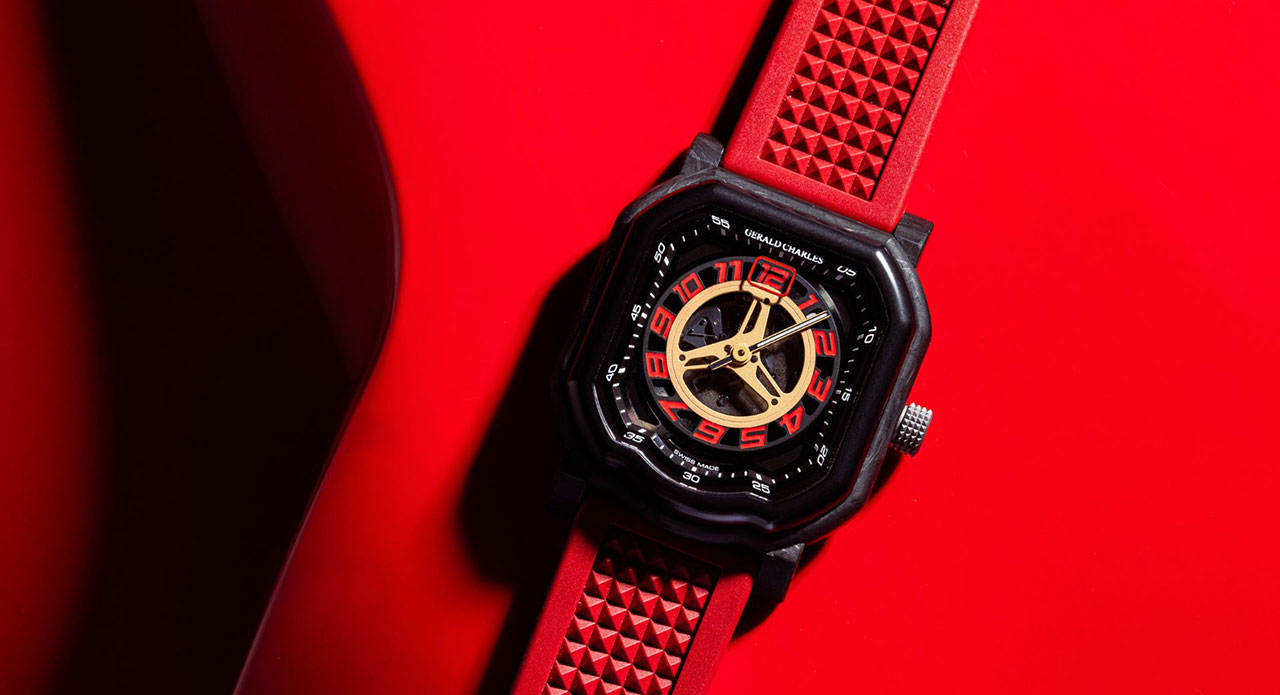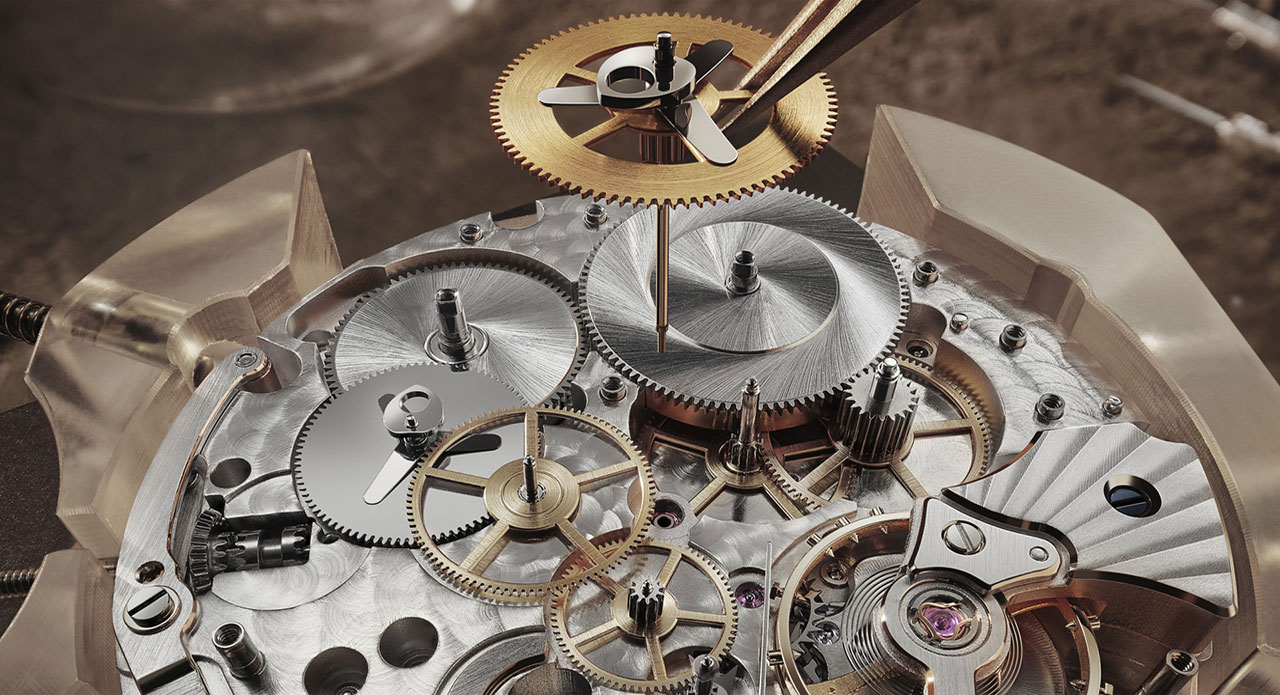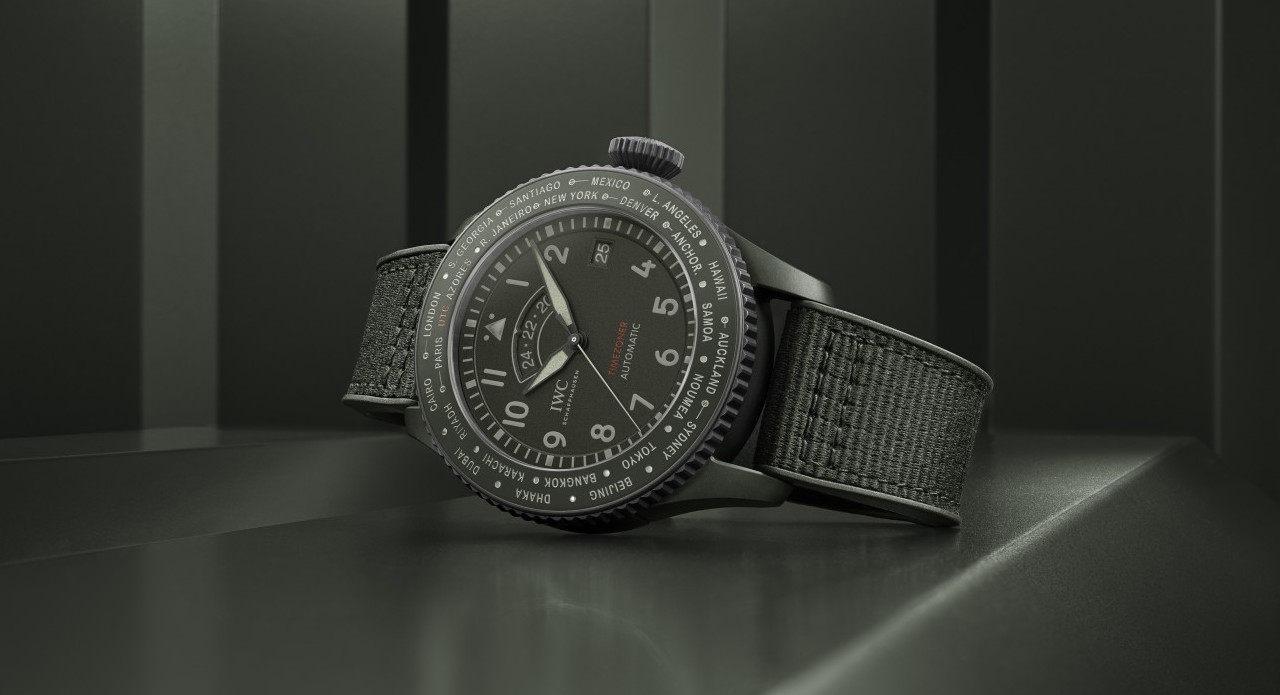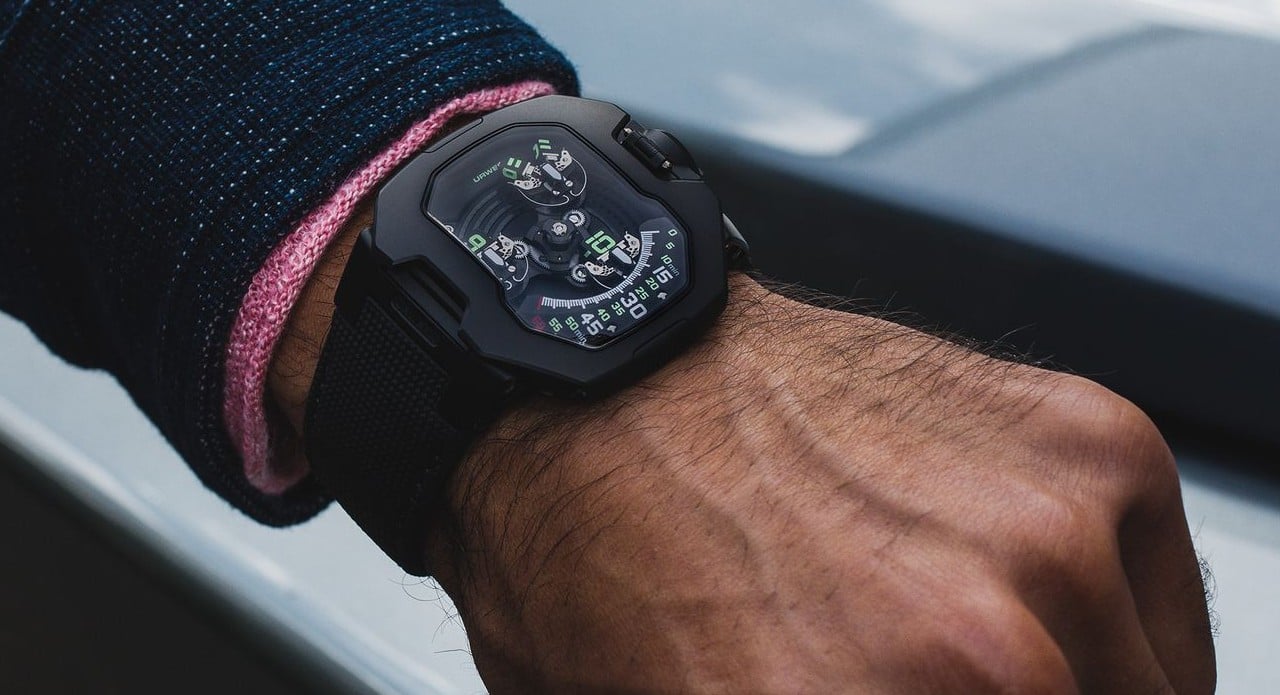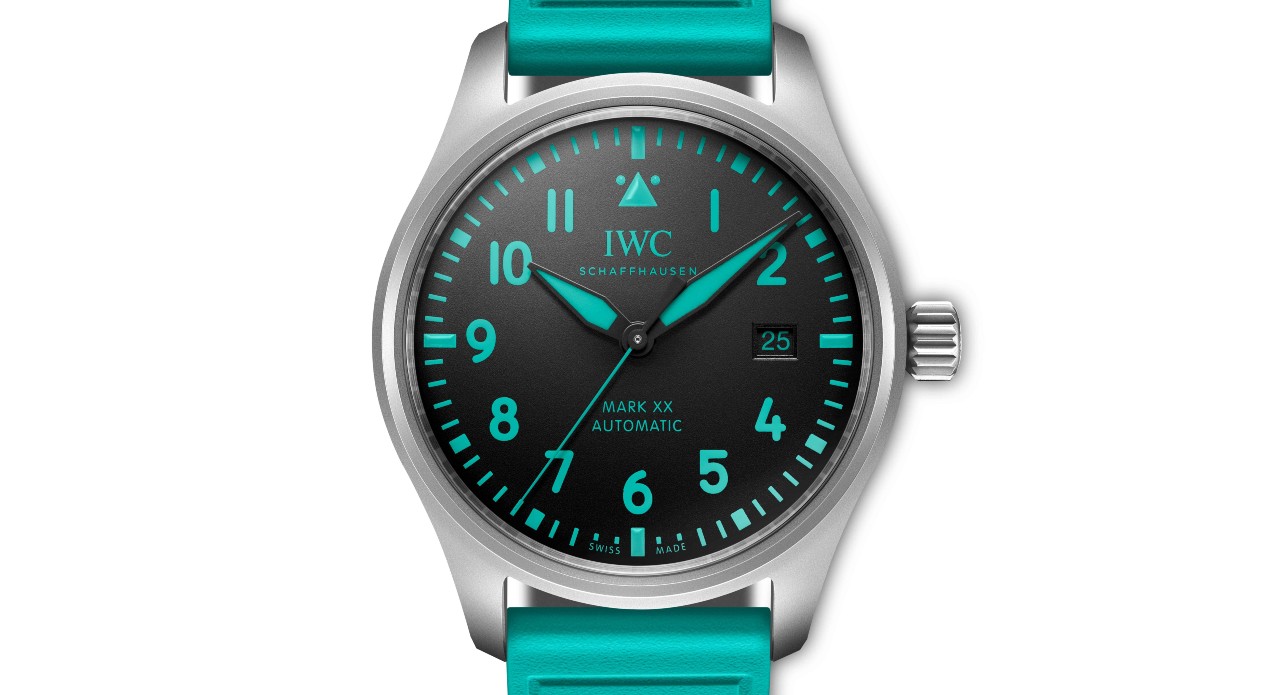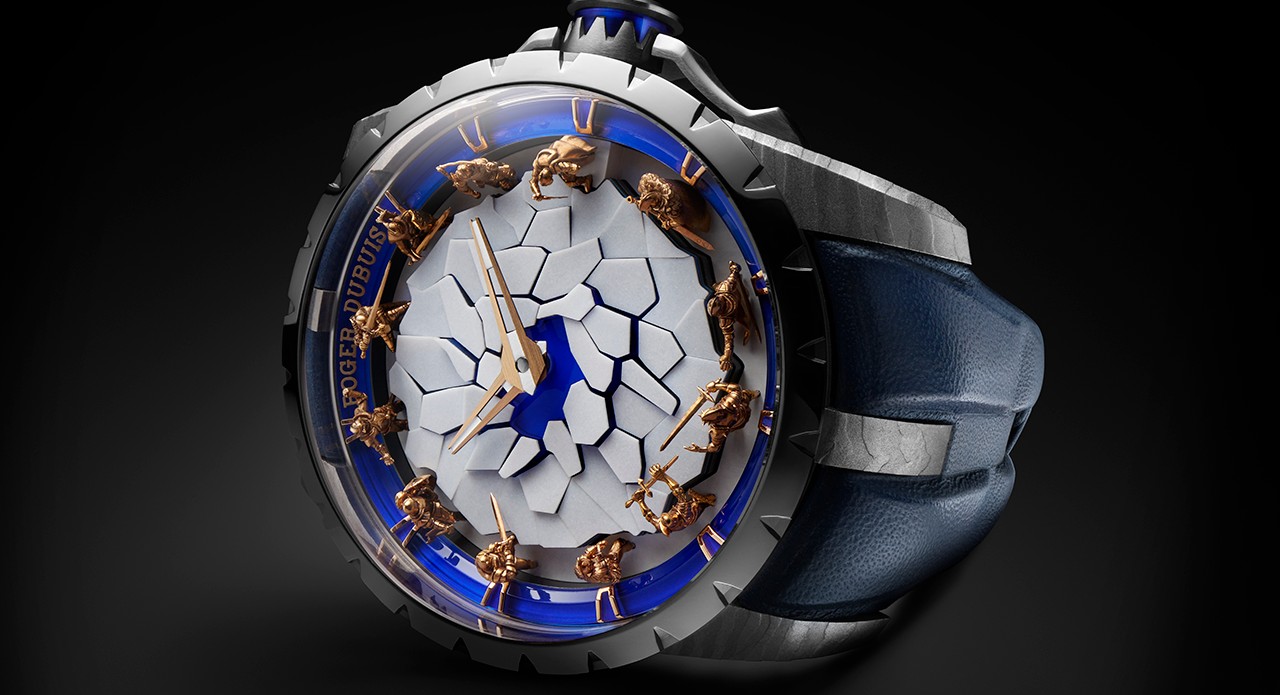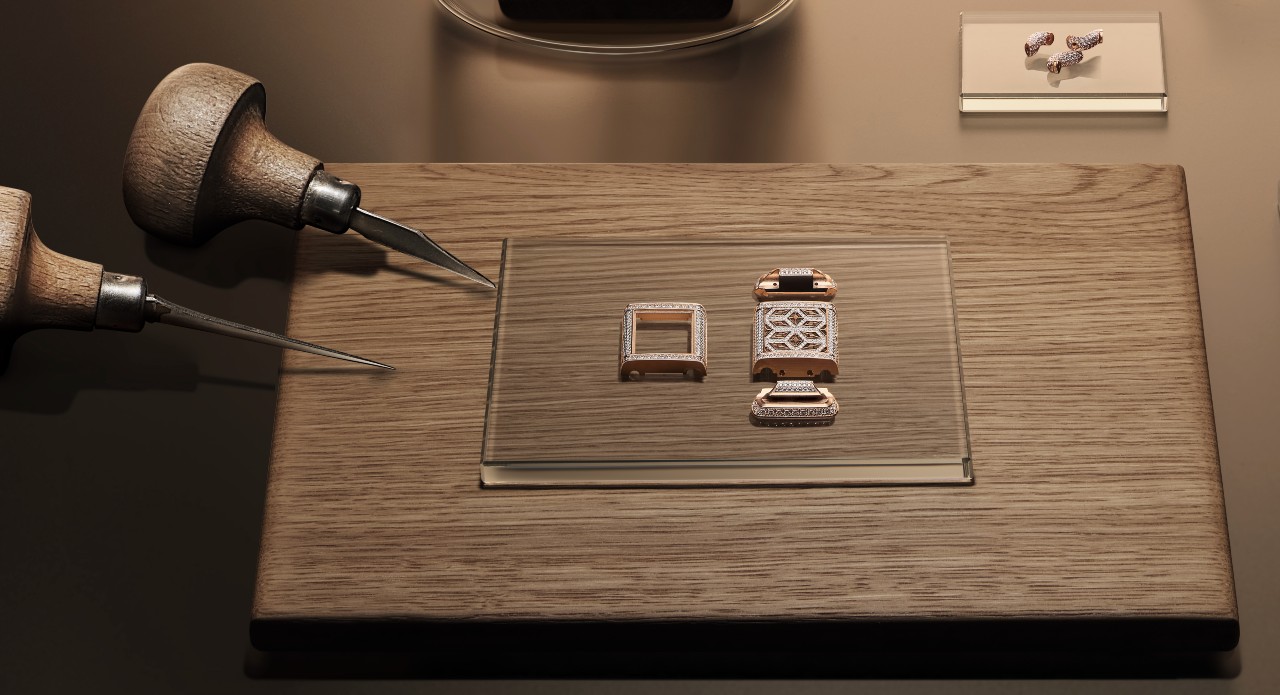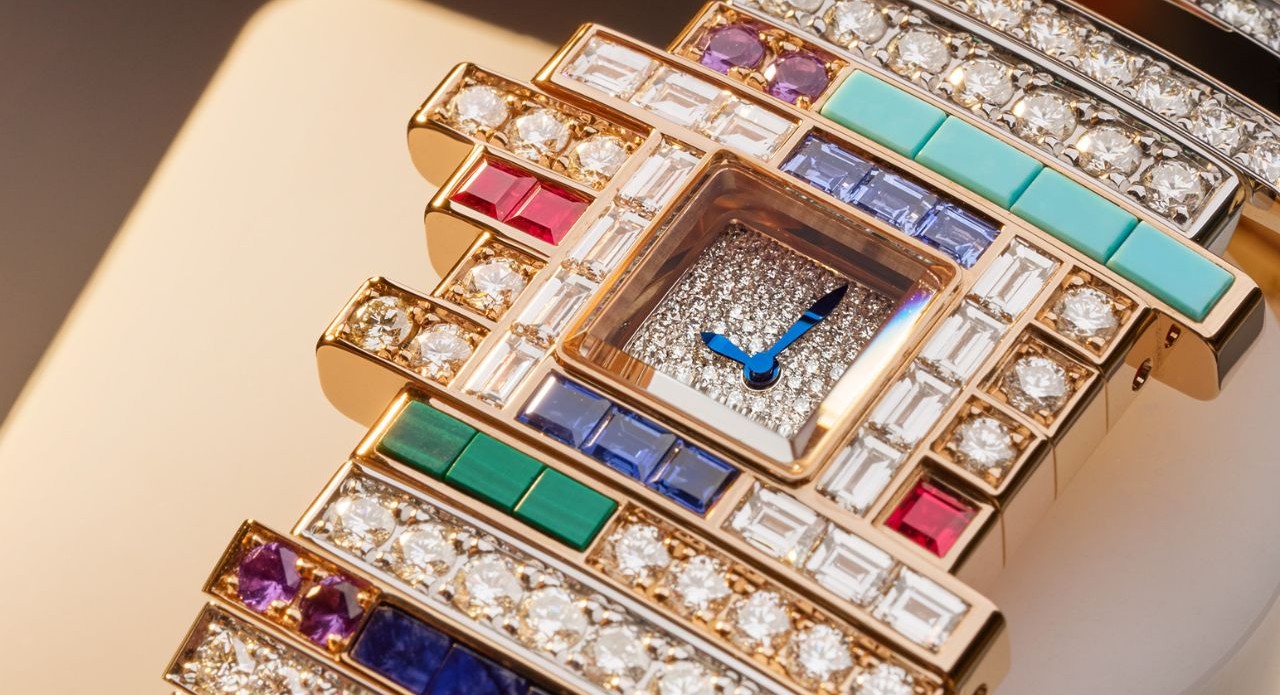In the world of watches, the tick and the sweep are more than sounds; they’re personalities in motion, one powered by science, the other by soul. The quartz hums with laboratory-level precision, its heartbeat governed by crystals and currents. The automatic, meanwhile, prefers a more romantic rhythm, one that winds itself through motion, heritage, and human touch. It’s the ultimate duel of temperament: efficiency versus emotion, battery versus breath. One is the silent overachiever, never late, never moody, never demanding more than a change of battery every few years. The other is the elegant eccentric, a marvel of micro-engineering that rewards attention, affection, and the occasional winding.
Quartz watches are for those who live by the second; automatics are for those who savour it. Both promise mastery over time, but through very different philosophies. In an era when our phones can tell us the hour down to the millisecond, the quartz-automatic debate isn’t really about keeping time anymore, it’s about keeping connection. The quartz gives you precision on demand, the automatic gives you a story on your wrist. Because when it comes to horology, perfection isn’t just about accuracy; it’s about attitude, artistry, and the kind of relationship you want with time itself.
The Quartz Revolution
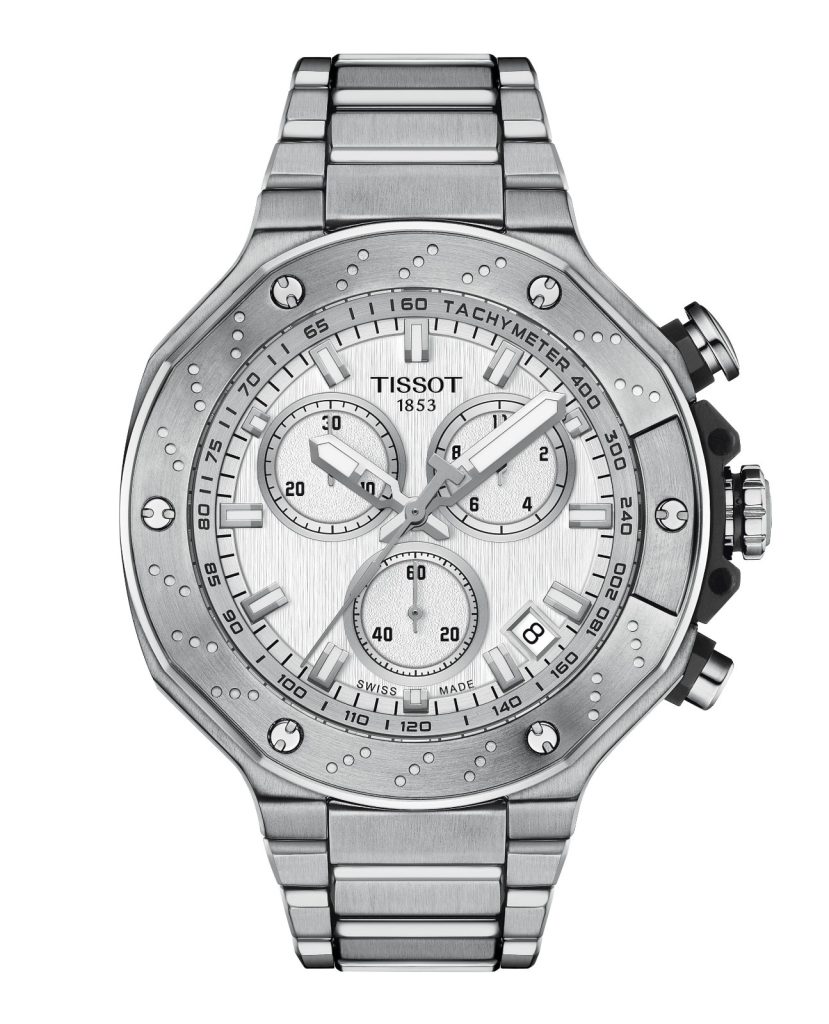
Quartz watches are the children of the modern age — efficient, accurate, and low-maintenance. Invented in 1969 with the launch of the Seiko Astron, the quartz movement changed the industry overnight. A tiny battery sends an electric charge through a quartz crystal, causing it to oscillate at a precise frequency of 32,768 times per second. That vibration is then translated into the steady ticking of seconds we see on the dial.
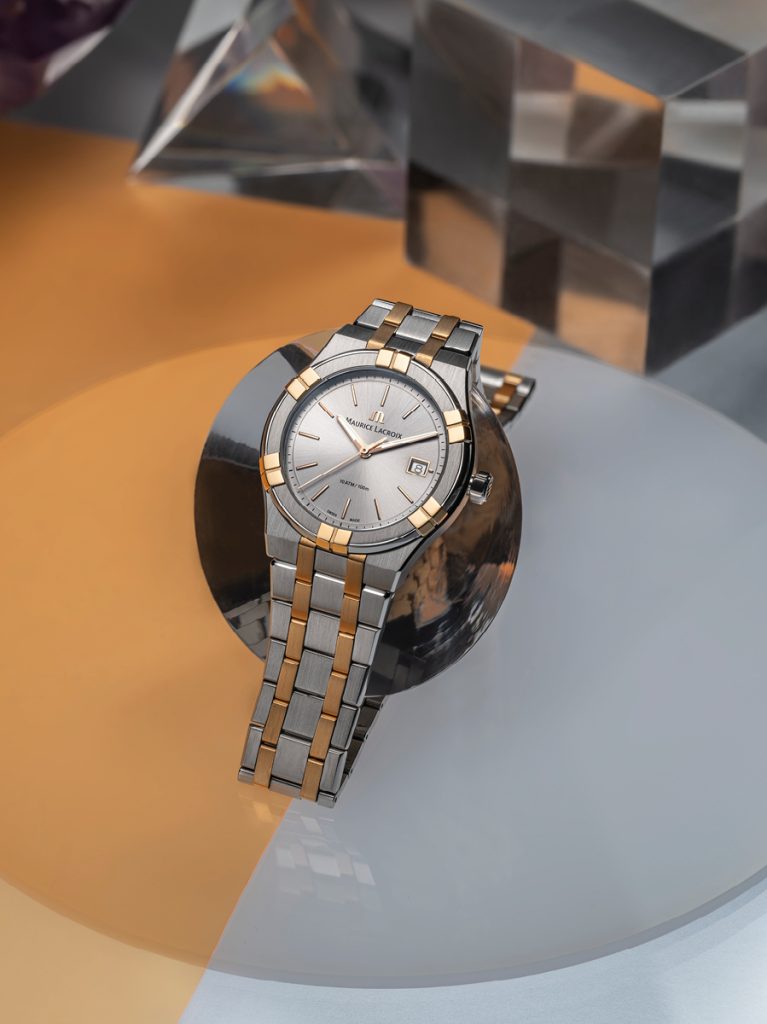
This invention made timekeeping shockingly reliable and affordable. Suddenly, watches were no longer luxury curiosities; they were accessible tools. The “Quartz Crisis” of the 1970s nearly sank the traditional Swiss watch industry, as consumers opted for accuracy over artistry.

Even today, quartz remains unbeatable in terms of precision and practicality. You can set it, forget it, and come back weeks later — it’ll still be on time. Brands like Citizen, Seiko, and TAG Heuer have perfected the craft, and even high-end players like Cartier and Longines still produce elegant quartz models for those who prize dependability over drama.
The Automatic Ideal

Automatic watches, on the other hand, belong to the world of craftsmanship and soul. They are powered not by electricity but by you — literally. Inside the case is a rotor, a semi-circular weight that spins with wrist movement, winding the mainspring that powers the watch.
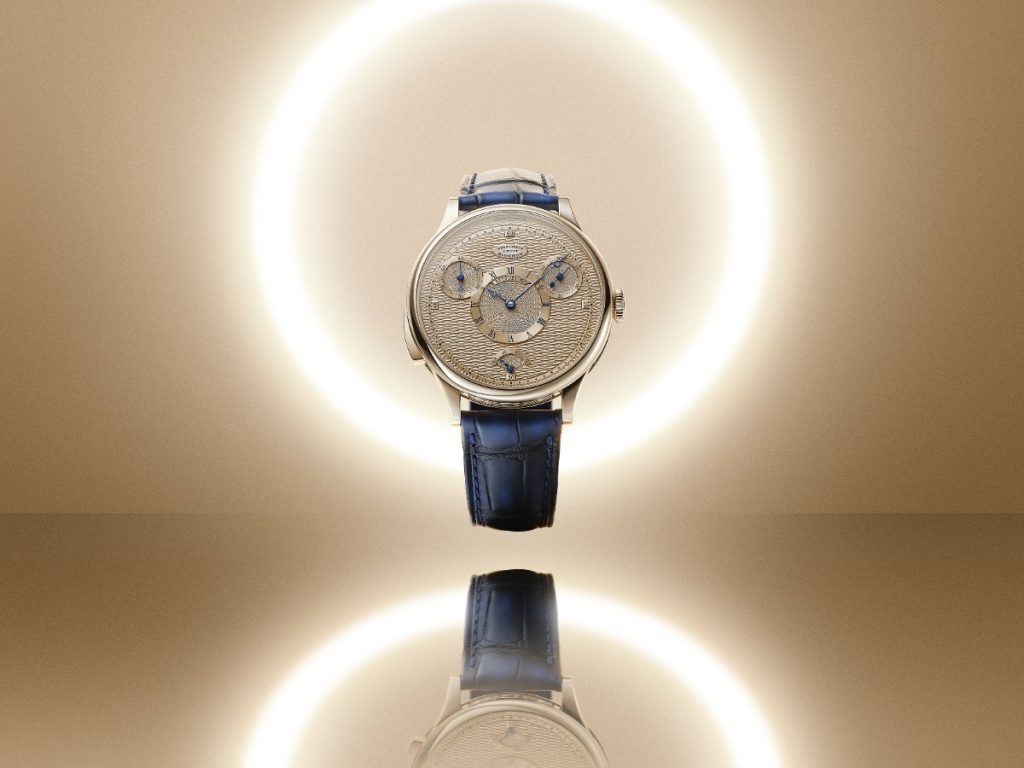
This is kinetic poetry. The idea that your daily motion sustains your timepiece connects you to it in a way no battery ever could. Each tick is a tiny heartbeat, powered by hundreds of meticulously crafted components working in perfect unison.
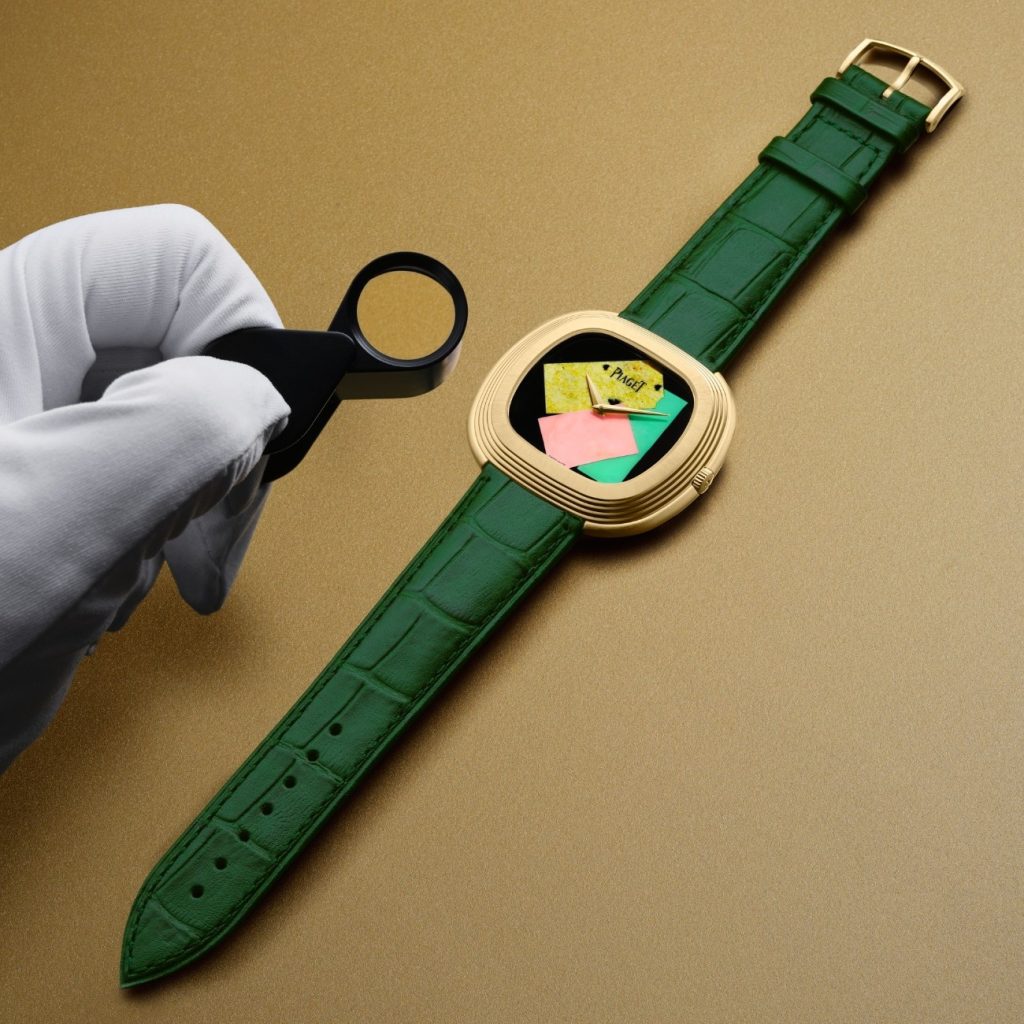
Automatic watches can lose or gain a few seconds a day, but that’s part of their charm. They celebrate imperfection — a mechanical ballet rather than an electronic metronome. Luxury maisons like Rolex, Omega, Patek Philippe, Audemars Piguet, and IWC have built their legacies around mechanical and automatic calibres. These are not just instruments; they’re heirlooms — engineered to last generations with proper care.
Precision vs Personality
In the battle of accuracy, quartz wins hands down. Most quartz watches deviate less than ±15 seconds per month, while even the best automatic movements can vary by a few seconds a day. But precision isn’t the whole story.
Automatic watches appeal to emotion. Their smooth sweeping seconds hand — as opposed to the ticking quartz — embodies continuity, craftsmanship, and character. They require care: winding, wearing, and servicing every few years. But that relationship, that touch of ritual, is exactly what gives them meaning.
Quartz watches, by contrast, embody convenience. No winding. No waiting. Just reliable timekeeping, anywhere, anytime. They’re perfect for travelers, professionals, or anyone who wants simplicity with style.
The Modern Middle Ground
Interestingly, the two worlds are blending. Hybrid movements, such as Seiko’s Spring Drive or Citizen’s Eco-Drive, fuse quartz accuracy with mechanical soul. The Spring Drive, for instance, uses a mechanical mainspring to generate energy but regulates time through a quartz oscillator — creating a near-perfect marriage of passion and precision.
Even in the luxury space, both movements have found purpose. Quartz dominates slim, jewelry-driven timepieces, while automatics reign in the collector’s cabinet. Each holds its ground, not as rivals, but as reflections of different lifestyles.
